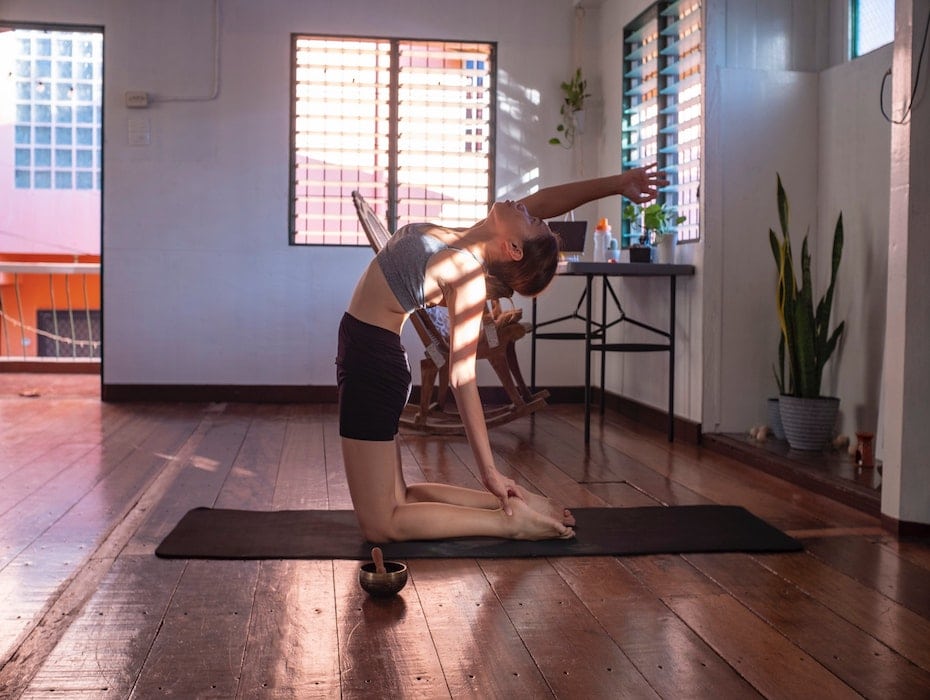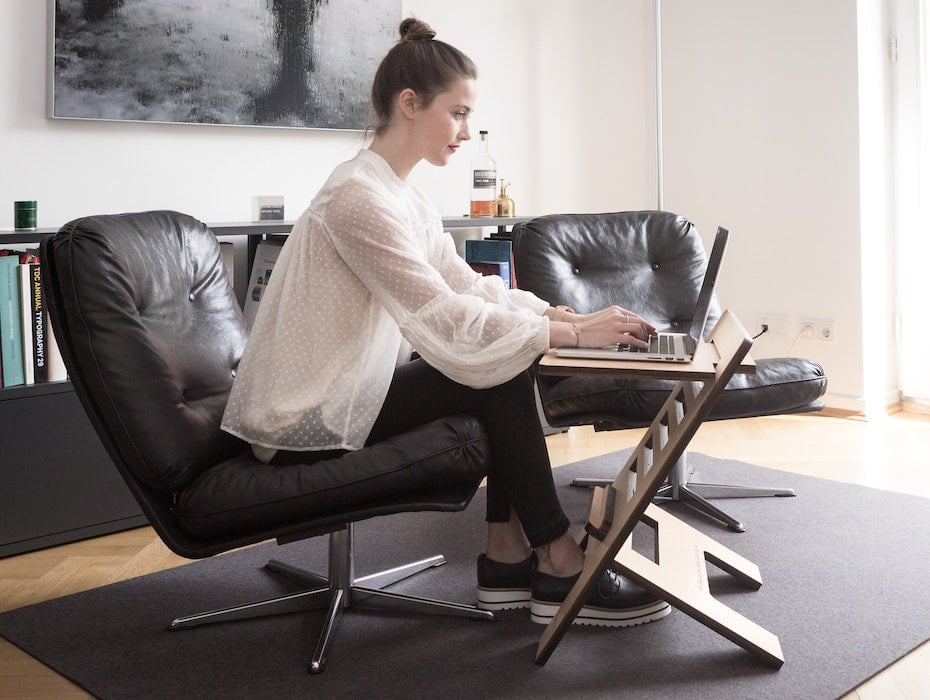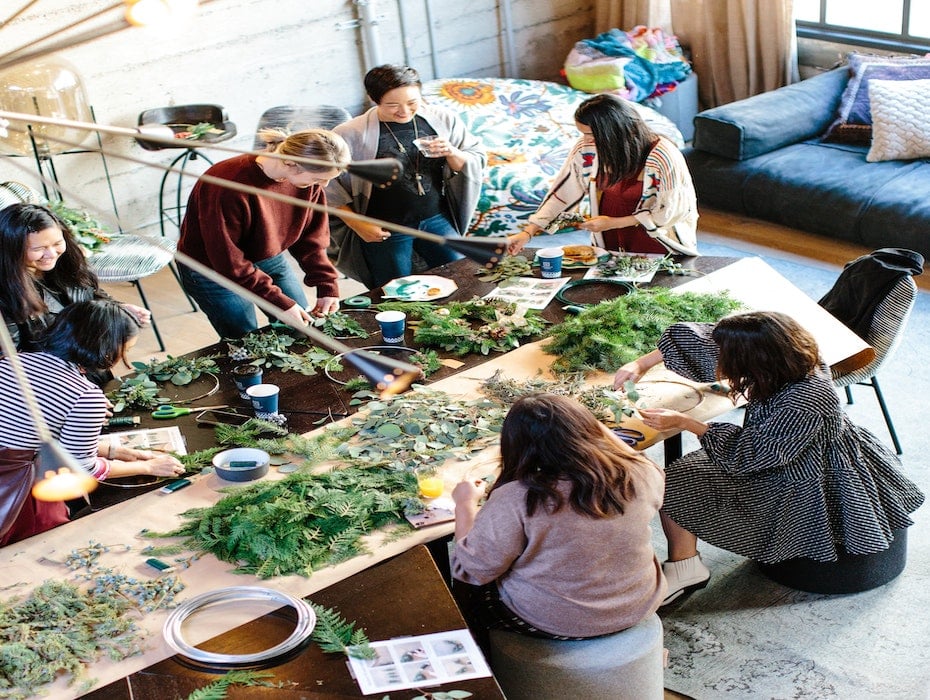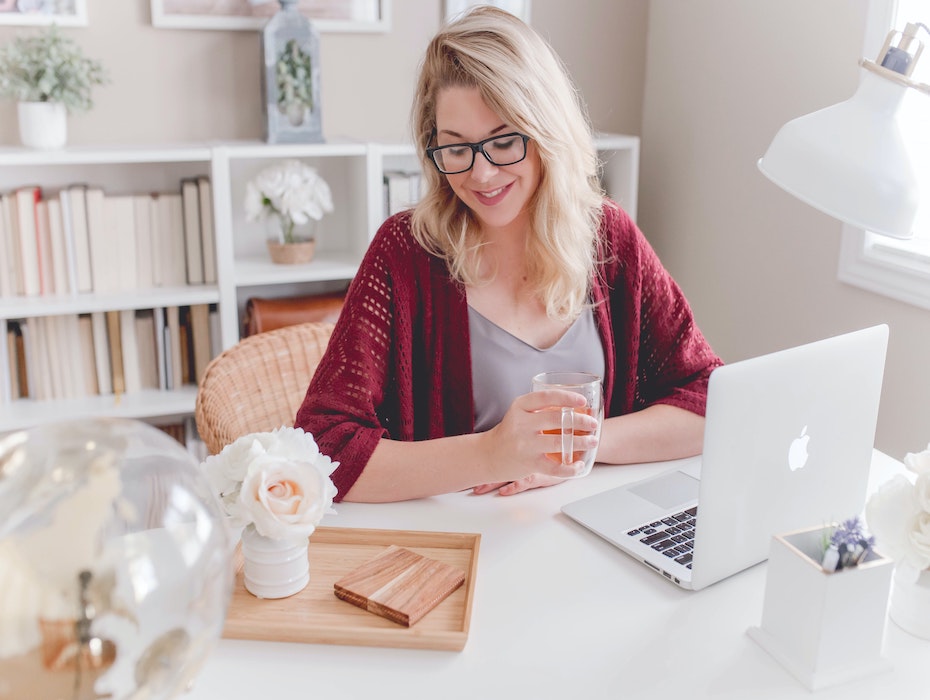In April of 2020, the Bradley Corporation surveyed Americans and found that 78 percent now wash their hands more than six times a day; 20 percent wash their hands more than 16 times a day. And of those surveyed, 88 percent believe they’ll keep up their hand-washing habits when the pandemic is over. We now wear masks in public places. We have settled into the practice of social distancing. We wander the aisles of the grocery store following specific directions. It’s safe to say that since the onset of the COVID-19 pandemic, the world has developed plenty of new habits.
It turns out this is normal: studies show that when there’s a disruption in a habit, there’s room for people to effect change. When the London subway closed down due to a 48-hour strike, a Caltech study showed that 5 percent of London workers found a better path for their commute — a positive change. In the early days of the pandemic, industries shut down, and governments ordered people to shelter in place. Soon after, alcohol sales skyrocketed — a habit change that was positive for alcohol manufacturers, though possibly a negative one for many people’s health goals.
Much of the variation across habits we develop comes down to how we frame the situation we’re in: Is this happening to us or for us? When we focus on framing a life-changing experience — like that of staying and working from home — as positive, we’re able to develop more positive habits. With the pattern interruption occasioned by significant life changes, Wendy Wood, an expert on habits and a professor of psychology and business at the University of Southern California says, “we are freed up to practice new behaviors without interference from established cues and our habitual responses to them. Discontinuity forces us to think. By making fresh decisions, we act in new ways — ones that may work better for us.”
The science of habits
The discontinuity Wood refers to is crucial when it comes to understanding how the world’s new circumstances have spurred us to develop new habits. It turns out that when we’re executing a habit, our brains fall asleep. We can get from our homes to our desks in the morning without remembering our subway ride, or get into bed without remembering brushing our teeth: during the routine part of a habit, our brain activity plummets.
This is why a massive pattern interruption — like a global pandemic or beginning a new work experience — jolts us awake and forces us to adopt new habits. Charles Duhigg, a Pulitzer-prize winning reporter and the author of The Power of Habit, breaks this process down into three phases constituting what he calls the “habit loop”: the cue, the routine, and the reward. The cue prompts us to start a habit activity; the routine is the actual habit itself; the reward is the habit’s tangible or intangible benefit.
When we walk into our homes after being in a store or out for a walk, it’s likely, now, that we will wash our hands. We might sing “Happy Birthday” or simply count to 20 seconds while we soap up, scrub our fingers and palms, and rinse them off. We might reward ourselves by touching our faces or eating a snack. When we walk into stores, we see cues in the form of signs or other patrons wearing masks, so we mask up. Here, the reward is less obvious: it’s a feeling of safety and, perhaps, of being gratified in the knowledge that wearing a mask sends certain social signals. And when we see painted or taped marks on the floor, we are cued to keep our distance from others. We stand on these markers, moving forward in line as our fellow patrons move from one marker to the next. We are rewarded by reaching the end of a line, maintaining our personal space, and feeling social acceptance.
Every new habit involves these three steps — including one particular new habit imposed on millions around the world: working from home. After all, working from home is, in and of itself, a new habit for many. Melissa Regan, a sales enablement manager at RingCentral, says she no longer follows her old morning routine. “I used to rush to put myself together for the day, ironing my dress pants, sliding into heels, getting my son fed, and to daycare,” she says. “Now I’m not rushing anywhere, and I spend time with my family in the morning.”
We have formed countless new habits due to this massive work-from-home experiment. It’s changed how we commute, how we exercise, and how we spend our time before, during, and after work. For Lendio Chief Marketing Officer Karen Peterson, working from home provides the perfect opportunity to focus on self-improvement. “I’ve always believed in habits and how they take time to develop — I thought if there is ever a perfect time to develop new habits, it’s right now,” she says. “I wanted to be deliberate about infusing habits that I will hopefully continue afterward.”
Before the pandemic, Peterson would use her commute to catch up with friends, family, and colleagues. When Lendio closed its offices, she evaluated the hours she could free up in her day and found a silver lining in an otherwise scary time. By setting the goal of getting healthier and understanding that her desire to devise better habits drives her behavior, Peterson has been able to infuse her life with new practices that improve her quality of life.
“I thought, ‘I am going to exit this time healthier than when I went into it,’” she says. “Now I can do yoga every day. I feel calm, connected, and healthier.”
The fact that Peterson decided ahead of time that she would cultivate a habit was powerful, according to Duhigg’s model of habit building. Because habits involve cues and rewards, if we are aware of what drives our behaviors and pay attention to “the things that happen on the peripheries of our consciousness,” Duhigg says, we can “change any habit in [our lives].”
For Melanie King, the Director of PR and one of Peterson’s colleagues at Lendio, the habits she’s developed since she began working from home have helped her push her team and create a more united culture. She instituted more regular check-ins with her direct reports, the broader team, and the company.
“I’m guilty of being a very hands-off manager,” King explains. “I trust my team and want them to feel empowered to do their work,” she says. “But since we started working remotely, I’ve tried to be really deliberate about regular and predictable check-ins with every person on my team to keep rapport and lines of communication open.”
The more connected and supported people feel, the better their work will be, because they will be more apt to ask for help, more attuned to what’s going on across the organization, and more engaged with their colleagues. Because this habit is something that we were likely asleep to while working from the office — it happened so naturally there — it’s critical to focus on while working from home.
Working from home has also affected personal and family habits — something Kirstin Burke, the CMO at DataEndure, has fully embraced. “In a forced global shutdown, many people have had the opportunity to pause and think about what we are doing, what our priorities are, and where we are spending our time,’ she says. “Before [working remotely], so many people were scheduled down to the minute with their families. Baseball here, softball there, homework, dinner — there was just no time. To have all of that stripped away, we’re all getting to know each other again in a different way.”
Burke says seeing how she and her family have embraced the positive side of working and attending school at home has made the “new normal” easier to handle. “In the absence of having control over all of this, you have control over how you’re framing it and how you’re spending your time,” she says.
Will the old normal replace the “new normal?”
Whether we’re developing new habits because we’d like to hit a goal or because the world finds itself in a pandemic, begs the question: will we preserve these newfound practices when things go back to “normal?” We’ve focused our time while working from home on health and exercise, baking bread, and connecting with our teams — a future change in how we work will inevitably change how we spend our time and how these new habits evolve.
As Wood points out, changes present us with an opportunity to change our ways. What might happen if we move back into our old routines? Will we lose our new habits and fall back into our old ones? Become our old selves again? To keep any newly developed habit we must continue to enable them by maintaining their cues.
It’s also crucial to reserve space for habits that might not fit future lifestyles or may need tweaking to accommodate those lifestyles. Being flexible can help us adapt our habits — and keep them up over the long term. Reminding ourselves how these habits made us feel in the moment is crucial, too. For Peterson, whose new daily yoga practice has made her feel calm and more physically fit, remembering the rewards felt after even a ten-minute session will help her maintain that habit if she returns to office life.
Inevitably, as our lifestyles change again, old habits might creep back in. The power lies in evaluating which we want to keep instead of staying asleep to them. If we look to understand how our habits serve us and to change or eliminate those that don’t, we can hold on to some of the momentum we’ve gained. For example, instead of meeting friends for happy hour (which might compromise our new bedtime routine), we can go for a long walk or hike with friends instead (getting exercise and catching up without missing bedtime).
When adapting to any life change, the power of our habits lies in how we frame our circumstances. By shifting our mindsets to see whichever situation we’re in as a positive one — happening for us, rather than to us — we are empowered to approach any situation as an opportunity for growth. And perhaps, with some cues and rewards, it might be an opportunity to develop a few new habits, too.
7 healthy habits to consider starting right now
1) Prep your meals and snacks ahead of time
The key to eating nutritious foods at home is to stock your kitchen with healthy foods and meal prep, it will also give you something to look forward to throughout the day and keep you full and energized.
2) Schedule some downtime into your calendar
Free time on a calendar tends to get filled — so schedule yourself some time everyday for a walk, lunch, or workout so that you can remain focused throughout your morning and finish the day strong.
3) Leave the house, at least once a day
A change of scenery is a good thing for those WFH. Plan a daily outing like grabbing coffee at a coffee shop for some social interaction.
4) Develop a transitional ritual
Mentally transition away from the workday and the end of the day by storing your laptop out of site, making a phone call, or taking a way so you’re not tempted to jump back into work when you spot your laptop on the kitchen table.
5) Stick to a schedule
Pick a start, end, and lunchtime and try to stick to them each day so that you know how to plan and structure your days and you’re not working long into the evening by getting a late start.
6) Take a mental break
Whether it’s meditation, listening to music, or spending time in or looking at nature (See why fractals are so soothing!), it’s important to give your mind a break to just do nothing — and no scrolling social media doesn’t count.
7) Take a breath and try not to stress
Whether you’re new to working from home or this is your norm, it’s easy to let life and work get to us. Find a go-to stress reliever reset like taking 10 minutes with your dog, calling a friend, or trying out a golden latte after a rough meeting or particularly jam-packed few hours.
Read more on how women are thriving in their at-home work environments:
Chapter 4: Working from home is exposing women’s strengths
Chapter 5: How women are building their ideal WFH workspaces
Originally published Feb 16, 2021, updated Dec 30, 2022




